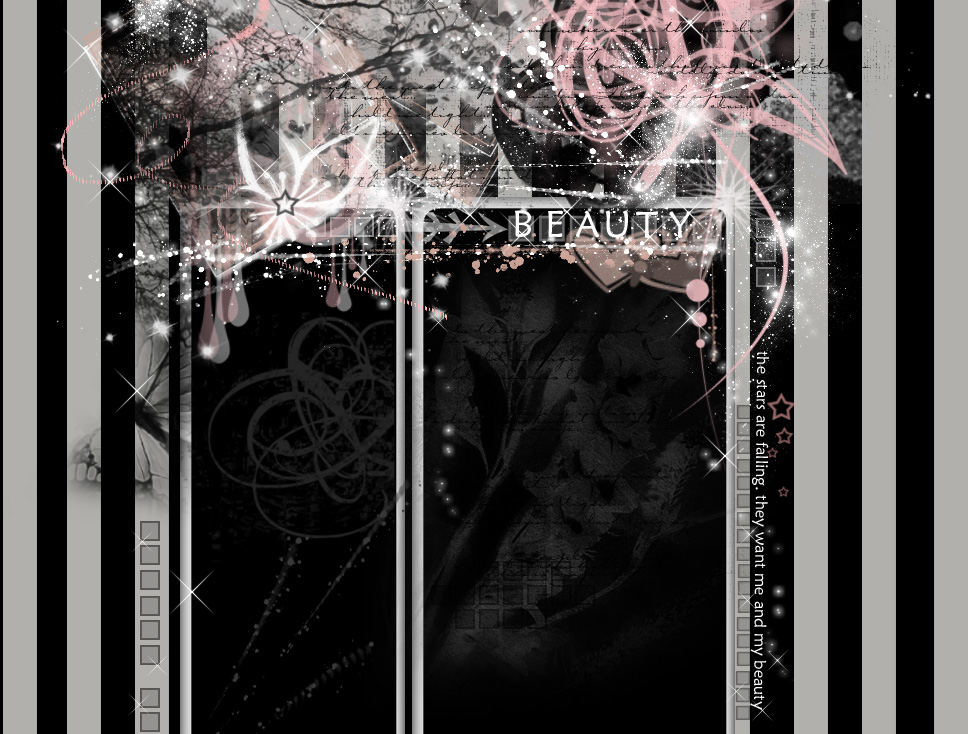

Chin Kai Qing(7)
Emily Chua(8)
Lei Simin(16)
Loh Ai Leng(21)
That Mrs Chua would love our blog
That Mrs Chua would give us a high grade for this SIA
That Mrs Chua would stay young,healthy and ever so beautiful forever
insert tagboard here
layout design, coding, photo-editing,
by ice angel
the beauty exposed ;